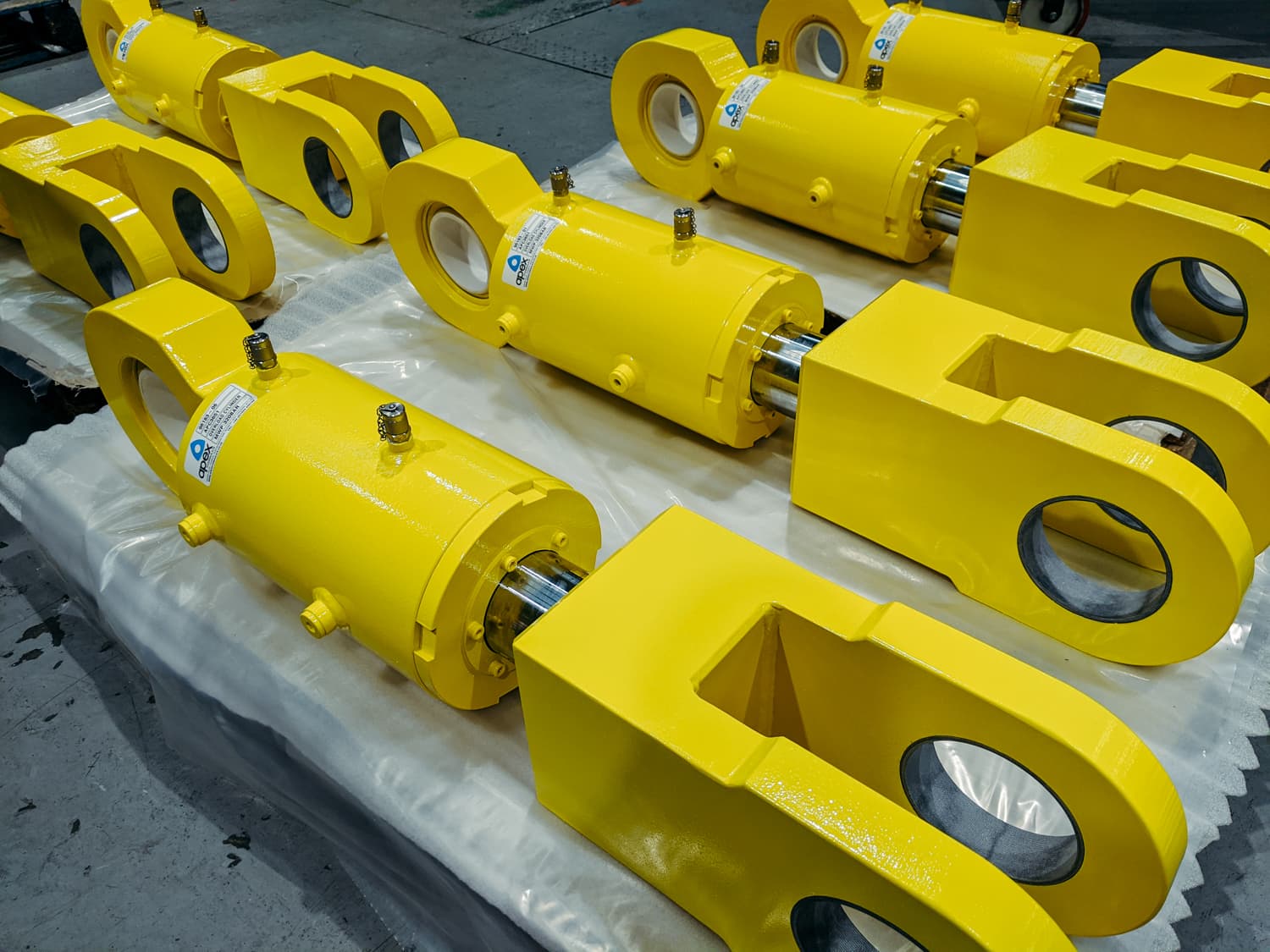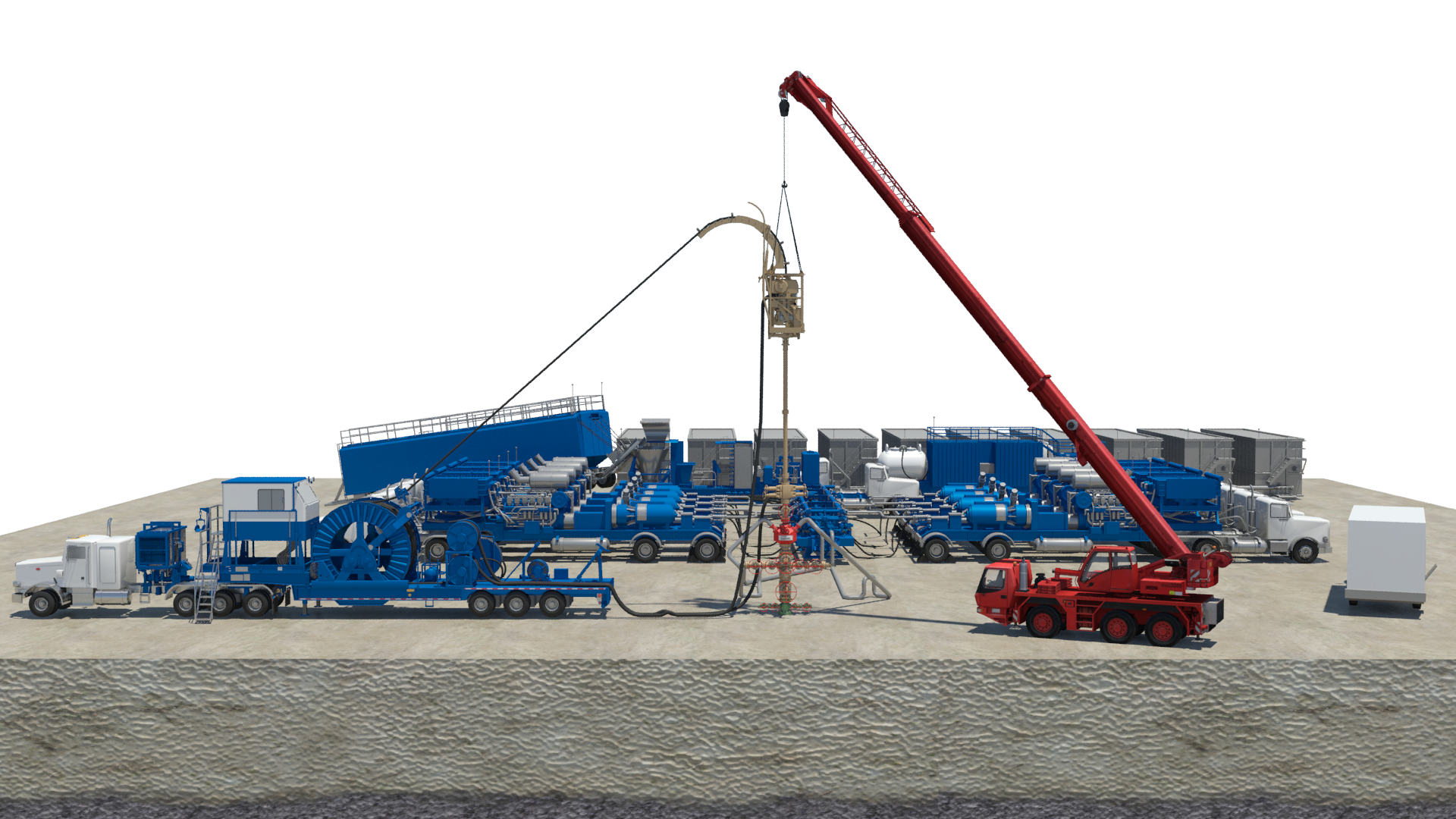
 an aircraft, we can use either the length and width of aerofoils,. a sphere, we can use either its radius and diameter,. Characteristic linear dimension L (or characteristic length) in the above formulas is a matter of convention. In this calculator you can choose a particular substance from some examples we have prepared or enter your own fluid parameters. ν is the kinematic viscosity of a fluid ( ν = μ / ρ). L is the characteristic linear dimension,. u is the velocity of a fluid (with respect to the object),. ρ is the fluid density (you might want to estimate the density of air at given temperature, just check our air density calculator),. The Reynolds number calculator simultaneously uses two different Reynolds number equations, as below: Therefore, it's a quantity that represents the dynamic viscosity of a fluid per unit density and is expressed in m²/s. Kinematic viscosity ν is the dynamic viscosity divided by density ν = μ/ρ. The units of dynamic viscosity are: Pa/s, N/(m²*s) or kg/(m*s). Dynamic viscosity μ is a quantity that measures the force needed to overcome internal friction in a fluid. We generally distinguish two types of viscosity: The Reynolds number formula depends on viscosity. Although the Reynolds number can be defined in several different ways, it remains a non-dimensional factor. If you want to learn more about fluid viscosity, you should check out Stokes' law calculator, where you can find, among others, viscosity definition. The Reynolds number definition generally includes the velocity of a fluid, the characteristic length (or characteristic dimension) and the properties of the fluid, such as density and viscosity. On the other hand, viscous forces counteract this effect and progressively inhibit turbulence. On one hand, inertial forces generate fluid friction which is a factor in developing turbulent flow. The Reynolds number is the ratio of inertial forces to viscous forces exerted on a fluid which is in relative motion to a surface.
an aircraft, we can use either the length and width of aerofoils,. a sphere, we can use either its radius and diameter,. Characteristic linear dimension L (or characteristic length) in the above formulas is a matter of convention. In this calculator you can choose a particular substance from some examples we have prepared or enter your own fluid parameters. ν is the kinematic viscosity of a fluid ( ν = μ / ρ). L is the characteristic linear dimension,. u is the velocity of a fluid (with respect to the object),. ρ is the fluid density (you might want to estimate the density of air at given temperature, just check our air density calculator),. The Reynolds number calculator simultaneously uses two different Reynolds number equations, as below: Therefore, it's a quantity that represents the dynamic viscosity of a fluid per unit density and is expressed in m²/s. Kinematic viscosity ν is the dynamic viscosity divided by density ν = μ/ρ. The units of dynamic viscosity are: Pa/s, N/(m²*s) or kg/(m*s). Dynamic viscosity μ is a quantity that measures the force needed to overcome internal friction in a fluid. We generally distinguish two types of viscosity: The Reynolds number formula depends on viscosity. Although the Reynolds number can be defined in several different ways, it remains a non-dimensional factor. If you want to learn more about fluid viscosity, you should check out Stokes' law calculator, where you can find, among others, viscosity definition. The Reynolds number definition generally includes the velocity of a fluid, the characteristic length (or characteristic dimension) and the properties of the fluid, such as density and viscosity. On the other hand, viscous forces counteract this effect and progressively inhibit turbulence. On one hand, inertial forces generate fluid friction which is a factor in developing turbulent flow. The Reynolds number is the ratio of inertial forces to viscous forces exerted on a fluid which is in relative motion to a surface. 
For example, if you want to compare a small-scale model (e.g., model of an airplane) with a real situation, you should keep the Reynolds number the same. Reynolds number is one of the characteristic numbers used in fluid dynamics to describe a character of the flow. They can be very useful in analyzing fluid motion. You will also find some examples of calculations which can be done with Reynolds number formula using this calculator.Īre you interested in fluid mechanics? You should also check our buoyancy calculator or Bernoulli equation calculator. Read on to find out what are laminar flow and turbulent flow Reynolds numbers. In the following text, we have provided Reynolds number equation, units discussion and comparison of laminar and turbulent flows. It can describe liquid flow in a pipe, flow around airfoils or an object moving in a fluid.


The Reynolds number has broad applications in real life. Keep reading if you want to find the answers to the questions: This factor measures the ratio of inertial forces to viscous forces occurring during the fluid movement. With our Reynolds number calculator, you can quickly compute Reynolds number that helps predict whether the flow of a liquid will be laminar or turbulent.








 0 kommentar(er)
0 kommentar(er)
